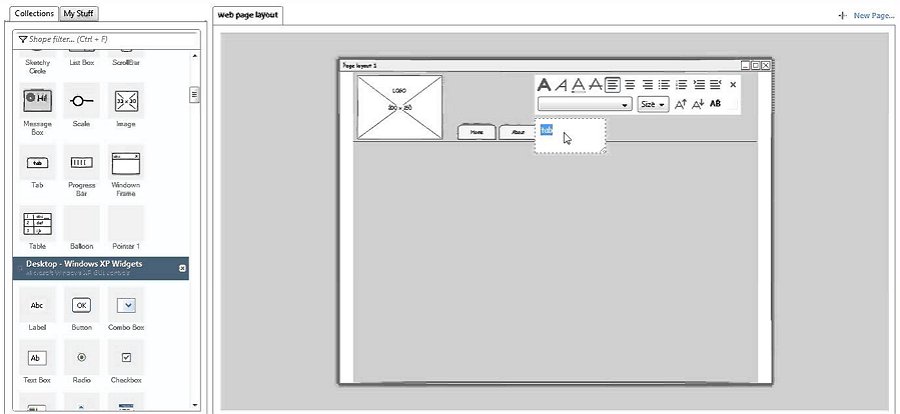

Balsamiq: best prototyping tool for building wireframesīalsamiq helps you quickly design mockups that are great for sketching and wireframing.

Usage: How many people can use it at the same time?.
#Mockup tools free how to
User adoption: How easy will it be for your designers to adopt the tool? In other words, how easy will it be for them to go live on it and learn how to use it? How does the tool foster collaboration with other users, both inside and outside your company?.Purpose: What exactly does the tool do? Do the capabilities it offers match your specific testing needs?.With hundreds of different prototyping tools out there today, it’s important to make sure the tools you choose will do what you need them to do. Feel confident that what you present has a strong product-market fit.Save you time and money by making needed changes early, rather than in final development.Defend your design decisions with customer feedback.Better depict the intent of your final design.Doing so could undermine your credibility and your capacity to defend your design.īut communicating and justifying the value, look, and feel of your product to stakeholders before it’s been built can be a challenge. Would you ever walk into a stakeholder meeting to present your concept without first getting customer feedback? Hopefully not. Generally, the prototype is used to evaluate a new product or concept design for its usefulness in the real world.Īdditionally, the main motive behind a prototype is to validate the design early by collecting feedback from your target market that will guide your product development efforts. What is a prototype?īy definition, a prototype is an early sample, model, or release of a product built for the purpose of testing a concept or process. Let’s unpack what a prototype really is and explain the value it provides, then we’ll give you our take on the best prototyping tools for you and your business. With it, you can more quickly and easily confirm that a product or concept is viable, and that it does indeed solve a real-world problem.

Building a working model-a prototype-can help. That’s because the journey to building a product that fits your target market establishes customer-centricity, and fills a specific user need can be long, complex, and iterative. But for designers, it’s just part of the process.


 0 kommentar(er)
0 kommentar(er)
